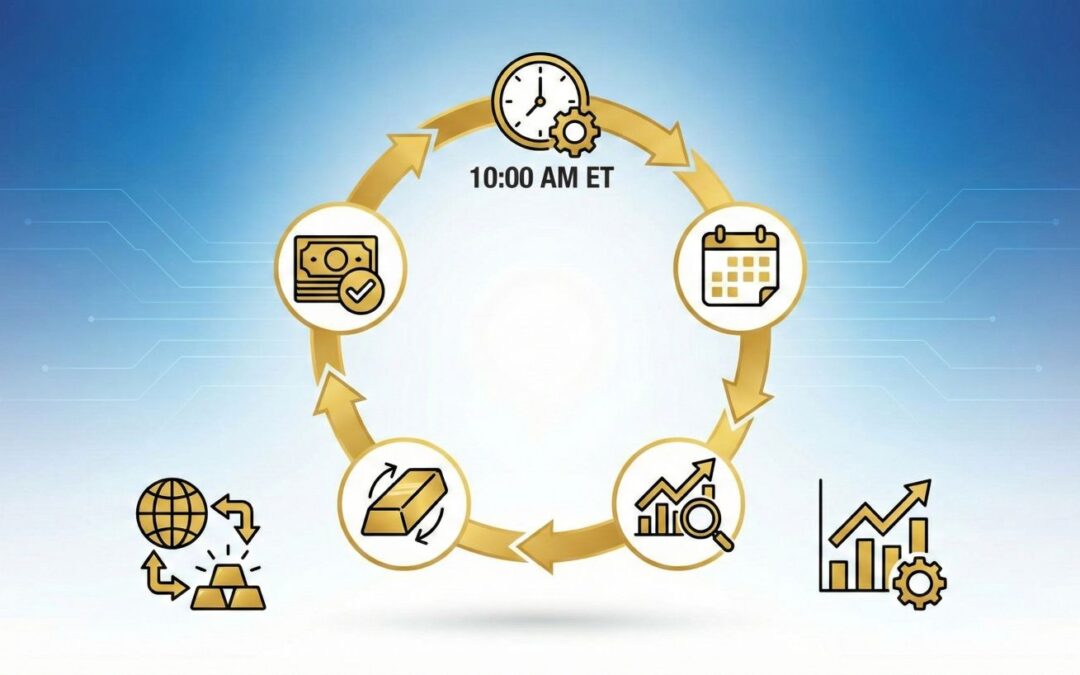Why I Like Spreads
Spreads are one of my favorite options trading strategies. At the most basic level, when trading spreads, you are buying and selling either calls or puts on the same underlying asset with different strike prices but the same expiration date.
Now, there are many different variations of spreads, and I love using all of them…
A typical “credit spread” where you sell a more expensive option than you are buying, thus receiving a net credit, is probably the most underrated way to trade stocks in my opinion.
The problem is, most people are told that spreads are “risky” or “complex” when they don’t have to be.
And, indeed, a lot of people start researching the Greeks and get lost in the weeds when trying to trade them.
But once you overcome a pretty basic learning curve, spreads can be used for all sorts of setups — both directional and non-directional.
On more conservative trades, you can trade more protective spreads that don’t require a stock to move in your favor while on more aggressive trades you can trade spreads that require the price to move significantly in your favor, like my service Jump Trades trades.
Unfortunately not everyone is fully comfortable with spreads or hasn’t set up their broker with level 2 or 3 to even use them (which I think everyone should), so I often give free trade ideas in regular calls or puts when I’d much rather do a spread version of the trade.
Of course, calls and puts still have their place…
Few and Far Between
But the reality is that those situations are few and far between, and in probably 95% of situations you would be better off with a well-constructed spread than with just a call or put.
One reason is the cost of the trade itself, you can typically trade spreads much cheaper than a straight up put or call.
But the biggest reason is because of time decay. Getting the timing right is what’s so difficult in options trading.
You have an expiration date and that holds you accountable for needing to get a big move in a certain period of time.
But there’s a very dramatic difference with how time decay affects calls and puts versus a spread. And I want to give you a real recent example of one of our trades that would have been much better off as a bullish credit spread rather than a call.
We recently made a trade on Coca-Cola (KO).
KO essentially just sat still for the first few weeks of the position — between $69 and $70. And despite the fact that the stock price is up a bit since our entry, the option is down over 50%… Because not only did we have to make the big move in a certain period of time, but we had to also overcome the implied volatility, which is the expected move priced into the option.
So regular calls can start sloping aggressively against you before you are even “wrong” on the trade…
Think about it like this:
If you buy a call option for $5 and it drops to $2… You now need a 200% move in the option to get back to a $6 price and make some profit.
That makes the call almost dead in the water even if the stock hasn’t really moved against you!
Now compare this to a credit spread or a debit spread. The time decay that you have on the buy side of the trade is being canceled out by the time decay on the sell side of the trade. So because of that, you can hang tight on the position without all the value melting away.
Using a spread, the same KO position would be down around 10% instead of 60% under the exact same scenario.
But more importantly than the percentage is the fact that your trade is still in a position to win. If it starts moving up towards $72 then it’s going to gain value really quickly compared to the call option that has lost most of its time value and has to make a gigantic move to get back into profit.
The Single Biggest Advantage of Credit Spreads
The single biggest advantage of credit spreads is the ability to just hang tight and not be “wrong” (i.e. lose money) until you’re actually wrong and the price moves against you.
I like to think of a call as having five scenarios in which only one wins:
- The price of the stock moves up a lot quickly and you win.
- If it moves up, but too slowly so you lose.
- If it moves up, but not enough so you lose.
- If it stays flat, so you lose.
- If it goes down, so you lose.
Put options have the same 5 scenarios but opposite directionally. So all of those scenarios are stacked up every time you take a call or put option.
Whereas with a spread, you eliminate several of those.
With a spread, if it moves up a little, you’re still going to win and generate money on the trade. If it hangs tight, you might lose some value but it won’t go down substantially and you will still be in a position to win if it starts moving back in your favor.
Now, of course, if you’re wrong, then you’re just plain wrong. And if it goes down, you will lose money on a spread too.
But spreads really flip the odds. And the most important part for me is the timing aspect because I think getting the timing exactly right on any given trade is just about impossible.
Take gold for example, it hit a new high this week but has fallen off from that new high quite a bit. I personally typically trade GLD (the SPDR Gold Trust).
I really thought it was going to break out and keep running. I thought we’d have a big week this week and see GLD hit that $235 mark and keep going.
But instead, it busted up to $223.74, shot back down, and is now down a full percent today.
This is yet another example of timing not quite being what I thought or expected. On a regular call option, I would basically be dead in the water.
But with GLD, I did a spread and gave it some more time and the position is about break even right now. I still like that trade but the move obviously needs more time on the clock.
I think that situation is extremely common for most folks. Even when they have great ideas, they usually need a little extra time for things to work out. And a regular option — unless you are going months out which makes them very expensive — is just hard to make work.
We’ve seen that with my Profit Pairs strategy, we’ve seen that with my Automated Options strategy, and we’ve seen that with Jump Trades: Many times, even when we’re right, our timing isn’t exactly right.
I don’t think that is because we’re doing anything wrong, I think it’s because that’s how stocks work! 🙂
Those rare exceptions when you nail the timing and the direction are fun and that’s when calls are great, but they are rare exceptions.
That’s why I like spreads so much, they’re cheaper to trade and give us more insulation for time decay because we own both sides of the position.
So, if you’re trading with the expectation that every single time you want to win a trade, you’re going to have to get your timing exactly right and also get a big move in the right direction then I think you are setting yourself up for failure.
This is really what Jump Trades is all about if you’ve ever seen the presentation. It explains how regular options are just plain broken in my view.
Jump Trades highlights why I think just the ability to hang in there and have that time decay cancel out so that you have more time for a stock to pay you off is so critical for most traders. That extra time can turn a break-even trade into a winner or a losing trade into a break-even trade, or a winning trade into a big winner while regular options are just bleeding out.
So, for me, that’s the big reason, spreads are so valuable: I don’t start the trade with most of the scenarios stacked against me and I don’t lose money until I am actually wrong on the trade.
— Nate Tucci



